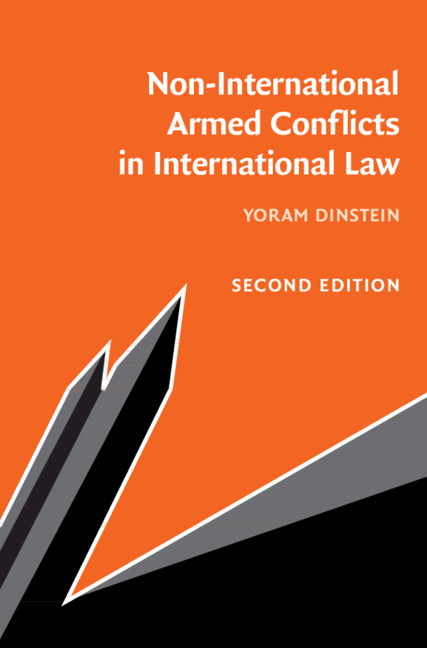
Indeed, in situations of internal disturbances and tensions, humanitarian law does not yet apply, and the right to recourse to force by the State is limited only by international human rights conventions, whose immediate effectiveness remains limited. The State concerned will in most cases be tempted to deny the existence of a conflict and to invoke instead a situation of disturbance that will legally allow it to criminalize the actions of the armed opposition groups and to mobilize the whole law enforcement and national military apparatus in the name of public order.

The national State whose authority and sovereignty is being attacked from the inside is naturally reluctant to acknowledge the status of adversary to those who threaten its power. Indeed, confrontations bring into opposition, on one side, the army and national law enforcement apparatus and, on the other, individuals and dissident or non-state armed groups, who are more or less organized and considered criminals by national law. Such conflicts feature a very strong political, legal, and military asymmetry. The definition of a non-international armed conflict poses political as well as legal questions. It replaces and includes the notions of internal armed conflict, civil war, rebellion, and insurrection, which are not specific categories defined and recognized by humanitarian law.


This term is used as opposed, on the one hand, to the category of international armed conflict and, on the other, to the category of internal disturbances and tensions, which are excluded from the definition of armed conflicts. It uses the term non-international armed conflict to denote very diverse situations, both in terms of the form and the objective of armed confrontations. International humanitarian law defines and regulates only two categories of armed conflict.


 0 kommentar(er)
0 kommentar(er)
